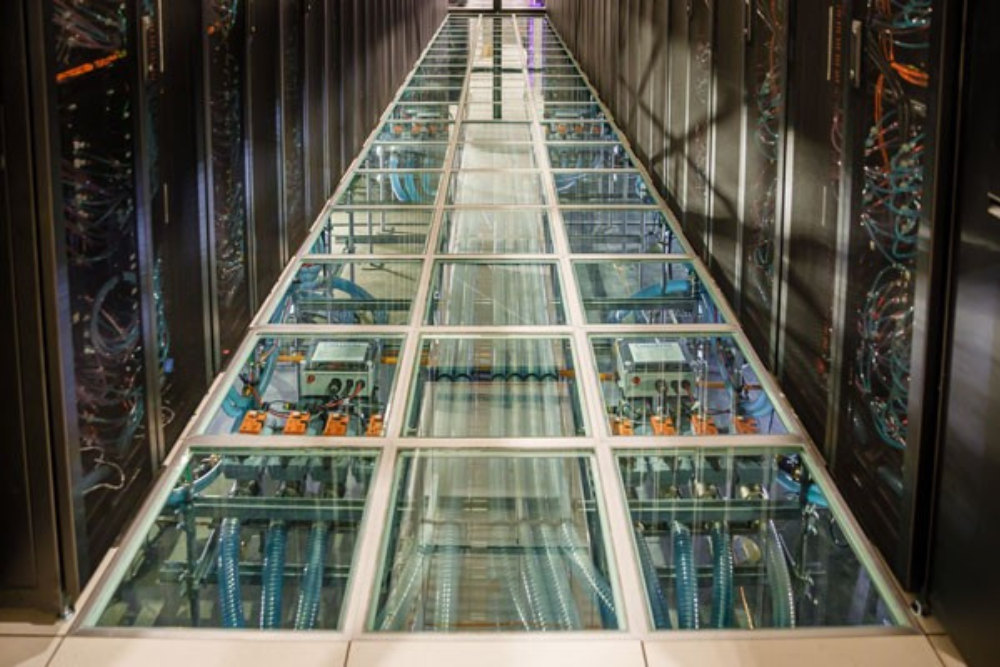The Transformative Power of Liquid Cooling: A Sustainable Shift in Data Center Carbon Emissions
The digital age is seeing an exponential rise in data usage, and with that, an associated surge in energy consumption by data centers. Accounting for 3% of global energy use, data centers annually consume over 400 TWh, culminating in a whopping 100 million tons of CO2 emissions. As the scale tips towards higher data demands, it's imperative that we tilt our focus to sustainable, efficient energy alternatives. In this spectrum, how does liquid cooling measure up in terms of environmental friendliness and reducing a data center’s carbon footprint.
A Deep Dive into Data Center Emissions:
A holistic understanding of greenhouse gas (GHG) emissions from data centers necessitates a life-cycle view. This spans every phase, right from its construction to the final waste management procedures. Traditionally, these emissions are divided into three scopes:
- Direct Operational Emissions - This encompasses emissions directly from the data center's operations, such as SF6-insulated switchgear emissions and those from any onsite fossil fuel generation, including backup generators.
- Indirect Emissions from Electricity Consumption - Predominantly, data centers feed on electricity. Here, the primary emissions arise from the grid that supplies this electricity.
- Other Indirect Emissions - This broad category accounts for emissions from varied sources like supply chain processes, travel, and waste. It quantifies the carbon footprint of everything in the data center: from basic construction materials to the finalized equipment. This scope also takes into consideration waste management practices, inclusive of recycling endeavors and handling of end-of-life equipment.

Liquid Cooling: A Sustainable Game Changer for Data Centers:
A significant portion of data center emissions stems from electricity usage. With power generation in the US (home to a large fraction of global data centers) resulting in 357 gm/kWhr of emissions, optimizing energy consumption becomes paramount.
Enter Liquid Cooling.
Direct-to-chip liquid cooling, renowned for its efficiency, siphons off heat directly from server components, slashing the need for extra energy consumption. And as chipsets are slated to cross the 1000W mark soon, adopting liquid cooling is no longer just beneficial - it's essential. The science behind its efficiency is simple: water's superior heat capacity allows liquid cooling to use up to 7 times less power than air cooling for heat removal. Moreover, the method facilitates higher inlet temperatures, cutting down on energy requirements and, by extension, carbon emissions.

A supercomputer at Sandia National Laboratories is cooled by Chilldyne's leak-proof liquid cooling system, powered by patented negative pressure technology. Pictured above are HPC data center with the under-floor automatic failover valves that enable the system's N+1 smart redundancy.
Spotlight: A Carbon Emission Case Study
OCP Cluster Manzano @ Sandia National Labs:
- Power: 960 kW
- Nodes: 1488, each having 2 X 205 Watt CPU, totaling 496 watts
- Heat Capture: 82% at the server level
- Cooling Water Temperature: 72°F (22°C)
- Return Temperature: 102°F (39°C)
- PUE: 1.016
Projected Savings: Around 450 tons/year, when juxtaposed against an air-cooled data center boasting a PUE of 1.1.
For more info on thermal resistance comparison, please click here for the Chilldyne memo.
